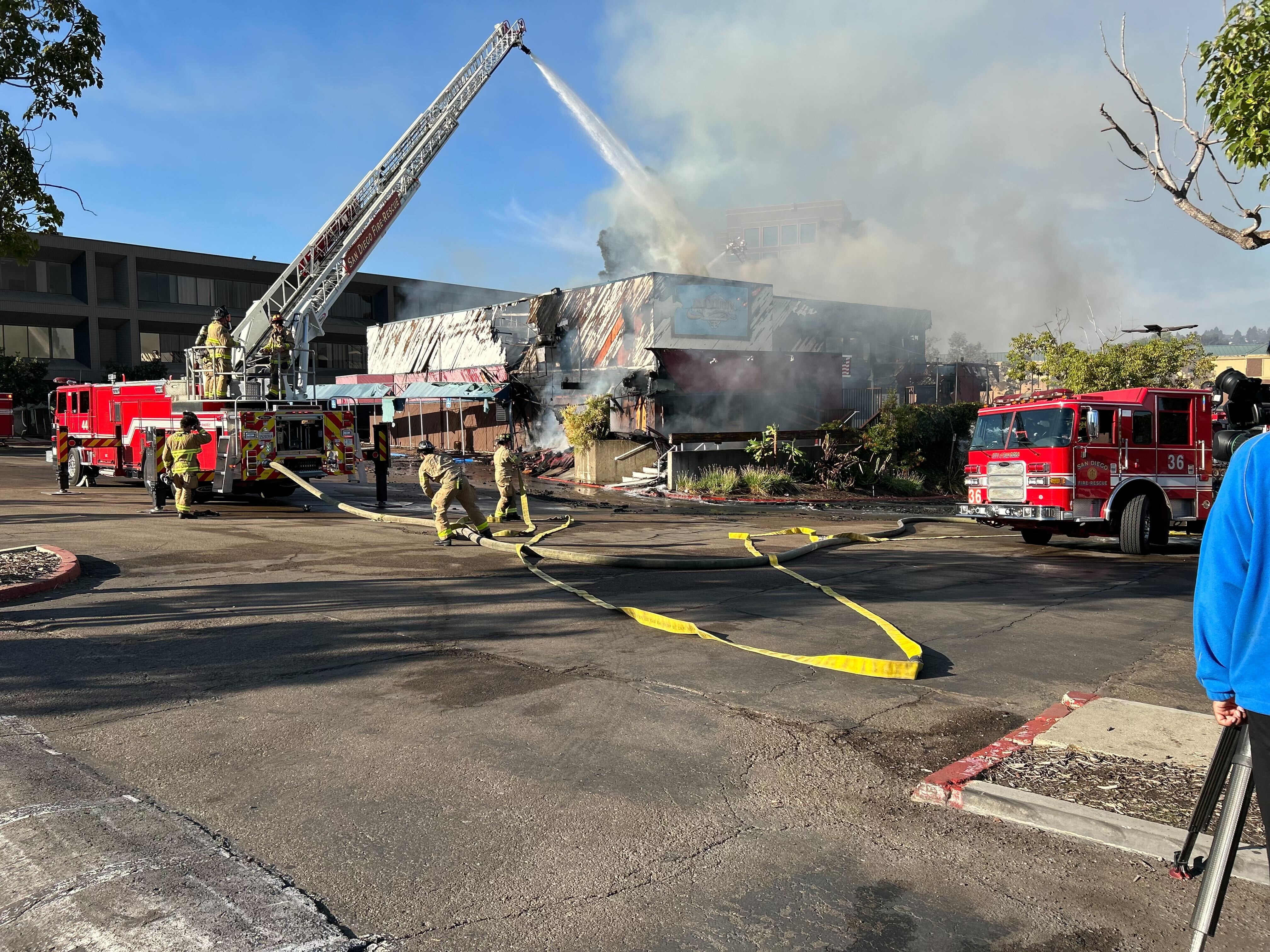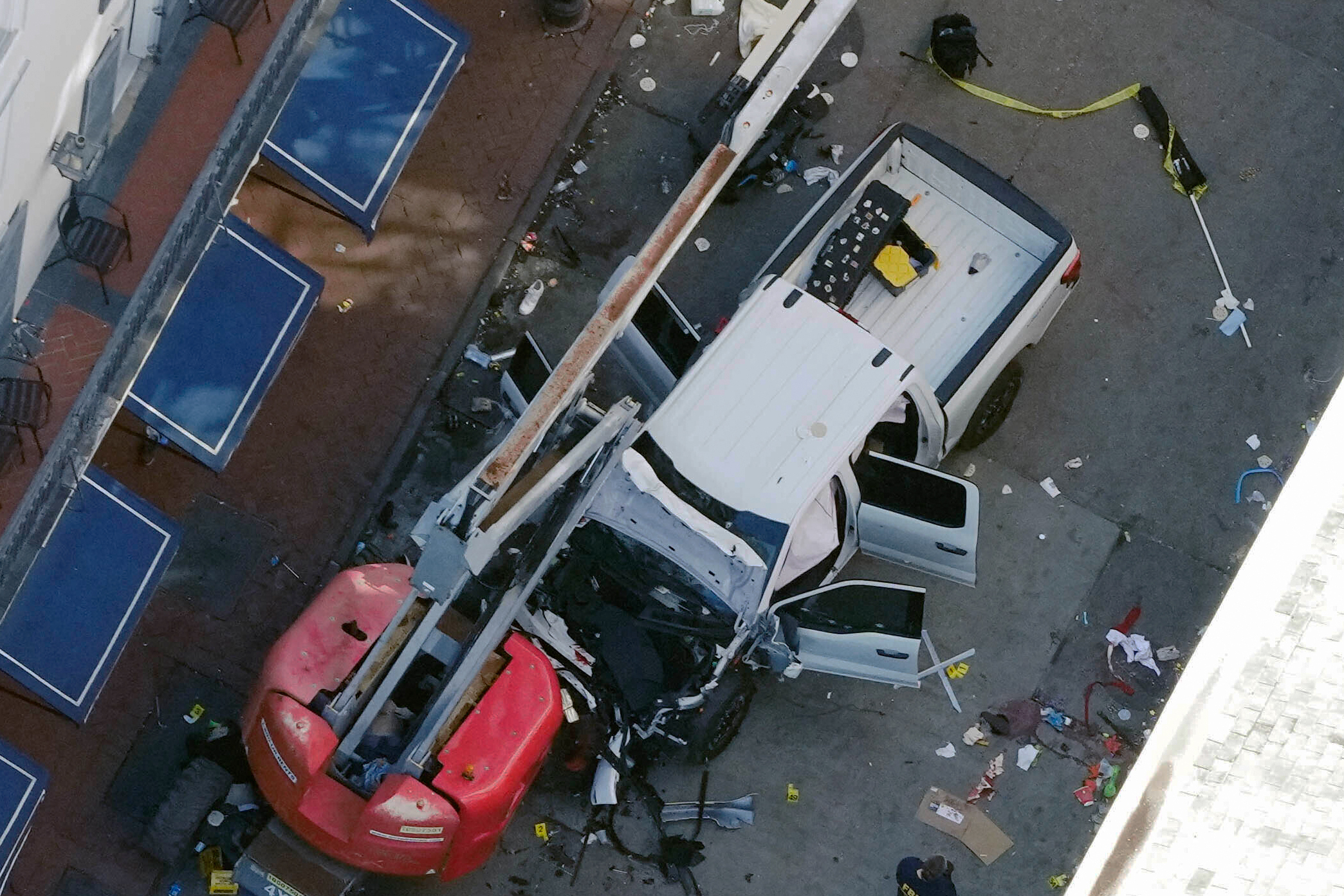Some school districts in California are shifting to a new type of coronavirus contact tracing in the hopes of keeping more children in the classroom, but parents should get ready to receive more notifications that their child has been exposed.
While there may be more COVID red flags, that doesn't necessarily mean that their children will have to quarantine at home and miss school.
With omicron spreading like wildfire, individual contact tracing has become impractical, if not impossible for school districts, especially larger ones, so the California Department of Public Health (CDPH) and the Centers for Disease Control and Prevention pivoted. Now, group contact testing is an option.
“The reason we have it is CDPH realizes that during the surge, it’s impossible to keep up with the number of cases and track every close contact, and if we did, we’d most likely be sending most kids home from school,” said San Diego County Office of Education Director of Special Projects Bob Mueller. “So this new alternative provides a way to notify parents when there’s been an exposure but keep kids in school.”
Get top local stories in San Diego delivered to you every morning. >Sign up for NBC San Diego's News Headlines newsletter.
With individual contact tracing, a student who comes within 6 feet of a person who is positive for COVID for 15 minutes or more during a 24-hour period can be sent home to quarantine, though there are exceptions.
Under the guidelines for group contact tracing, parents will be notified if a student shared a common indoor air space in a school setting with someone who is COVID-positive but students may remain in school unless they have symptoms or test positive. Students who remain in school should test at least once three to five days after exposure.
San Diego Unified board member Richard Barrera told NBC 7 that the district was using both group and individual contact tracing, saying it would use group tracing for asymptomatic students, at least temporarily through the surge, but that it would implement individualized tracing for staff and symptomatic students.
Local
"I think that's true for all districts in the state," Barrera said.
Schools are not required to see evidence the students were tested. Mueller said parents should not view it as an option, or a recommendation, but an expectation.
“I’m glad to see that this is happening, because it’s a method that allows schools to stay open and have more kids stay in school,” said Jason Barry, whose daughter is in the San Dieguito Union High School District.
Berry said he believes adjustments like the move to group contact tracing are overdue.
“I think we can’t be chasing around every sniffle and believing it’s COVID," Berry said. "I think there’s an accumulation of circumstances that we need to look at as opposed to just jumping to the conclusion that it could be COVID out the gate.”
Dr. Howard Taras, a UC San Diego pediatrician who consults with school districts about the pandemic, said group contact tracing is safe because schools are the safest places for children to be during the pandemic.
“It’s better that you stay in school and that all the kids in that class get tested, and that you’re protecting yourself by keeping your mask on but you’re not missing your education,” Taras said.
The state recommended group contact testing during the omicron surge. Mueller said he does not believe the shift will be temporary. Rather, he thinks it will be in place for the foreseeable future.



